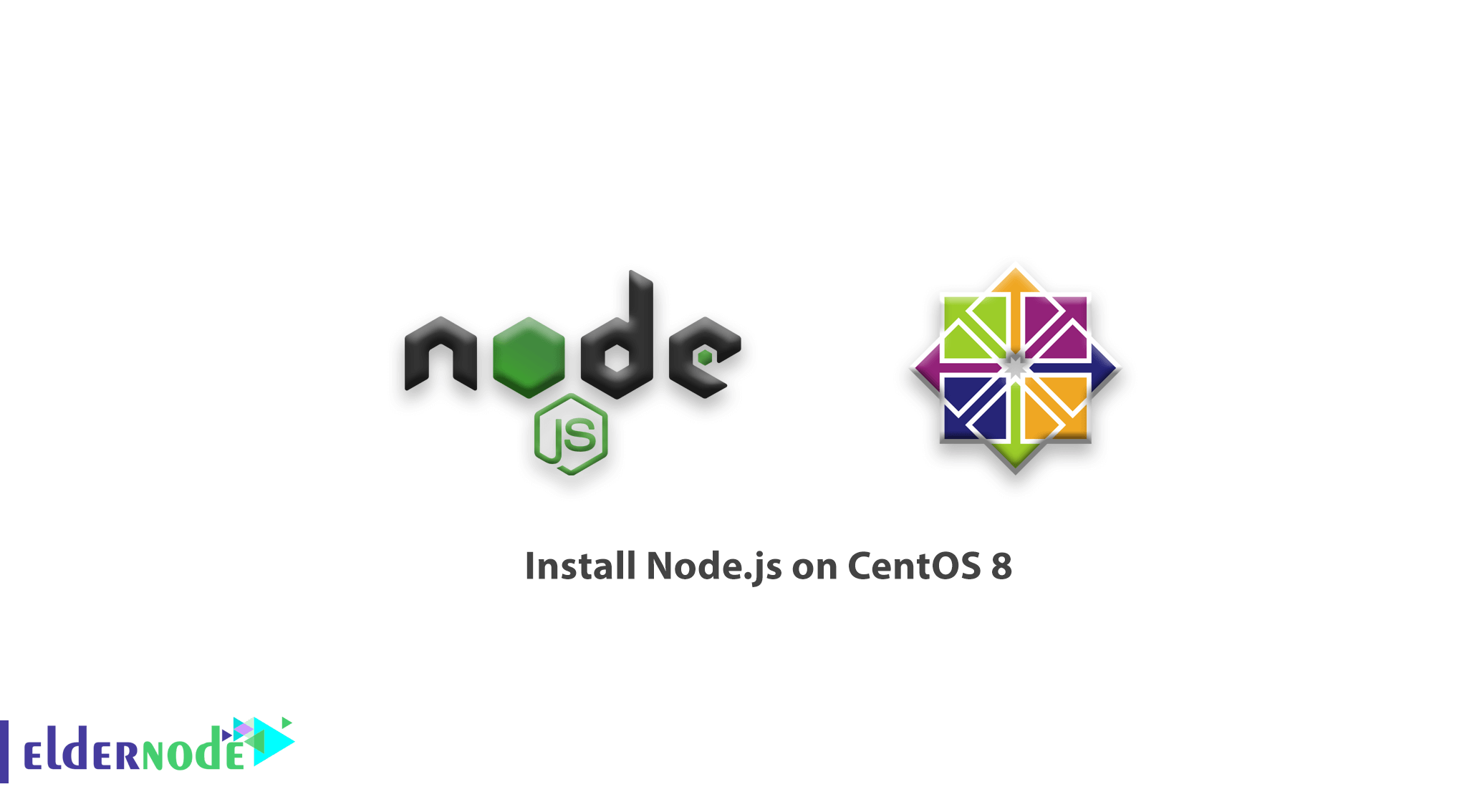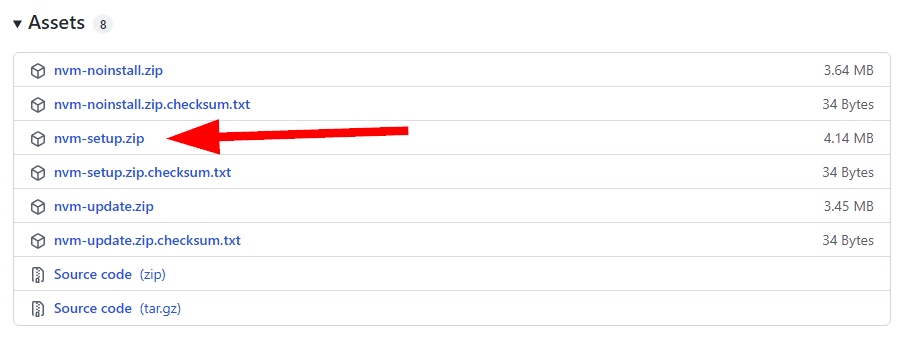

- NVM INSTALL NODE 8 HOW TO
- NVM INSTALL NODE 8 CODE
- NVM INSTALL NODE 8 DOWNLOAD
- NVM INSTALL NODE 8 WINDOWS
The default path that nvm stores different versions of node is lengthy. This solution changes the directory that NVM stores its versions of node. This is optional, and only if you want to preserve your old versions of node.
 Copy vXXX versions of node from c:\Users\\AppData\Roaming\nvm to c:\nvm-windows. Copy elevate.cmd and elevate.vbs from c:\Users\\AppData\Roaming\nvm to c:\nvm-windows. In many cases, these solutions didn’t work. There are a number of GitHub issues related to this, with many suggestions some involving moving files around, some suggesting deleting files.
Copy vXXX versions of node from c:\Users\\AppData\Roaming\nvm to c:\nvm-windows. Copy elevate.cmd and elevate.vbs from c:\Users\\AppData\Roaming\nvm to c:\nvm-windows. In many cases, these solutions didn’t work. There are a number of GitHub issues related to this, with many suggestions some involving moving files around, some suggesting deleting files. NVM INSTALL NODE 8 DOWNLOAD
So now we will download the script for NVM (Node Version Manager) locally.When attempting to install node version 8.9.4 with NVM for windows, I received an error when it attempted to install npm, indicating that a file name was too long. So let’s download the script for NVM locally by using curl command, and if you have to install the curl command in linux system use the below command.
NVM INSTALL NODE 8 HOW TO
How to download and Install the NVM (Node Version Manger) Script. How to Switch the versions of Node.js using NVM (Node Version Manger).
NVM INSTALL NODE 8 WINDOWS
nvm works on any POSIX-compliant shell (sh, dash, ksh, zsh, bash), in particular on these platforms: unix, macOS, and windows WSL.
Install the different version of Node.js with NVM (Node Version Manger). It’s designed to be installed per-user and invoked per-shell. NVM INSTALL NODE 8 CODE
I tried to install the newest version and then reverting to 0.8.18 by using nvm, but when I run my code apparently there is some problem with the packages installed and the two versions (latest and 0.8.18).
Install the Node.js with NVM (Node Version Manger) locally. I would like to install NodeJS version 0.8.18 on Ubuntu 12.04. List the Node versions using NVM (Node Version Manger). Additionally, allow you to install different node versions and other useful examples. How to download and Install the NVM (Node Version Manger) Script. This tutorial will assist you with installing NVM on the Ubuntu machine. So in this article, will see the following steps to install Node.js Locally with NVM. We strongly recommend using a Node version manager like nvm to install Node.js and npm. Node Version Manager, more commonly called nvm, is the most popular way to install multiple versions of Node.js, but is only available for Mac/Linux and not supported on Windows. To publish and install packages to and from the public npm registry or a private npm registry, you must install Node.js and the npm command line interface using either a Node version manager or a Node installer. We can use latest version, then if want we can switch back to the older version, and we can use the stable version for the Node.js. Downloading and installing Node.js and npm. So NVM can be installed by many users on the same system, without having any issue or the versions conflicts. Using Node Version Manger we can have multiple versions of Node.js on a single system with that particular user. RHEL 8 distributes both Node.js 8 and 10. If you start a new shell, the newly set node.js version will be lost. The following command will get the latest supported npm version on the current node version: nvm use sets a specific version for the current shell. To install Node.js 10.x LTS on RHEL 8, use the AppStream repository. As we know, npm 8 dropped support for Node.js 10. Enter the following command in your Terminal to. Node.js is a JavaScript runtime built on Chrome’s V8 JavaScript engine for easily building fast, scalable network applications. nvm provides a script that handles the download and installation of nvm. 

Hi Techies! Today we will see about “Install Node.js Locally with NVM (Node Version Manager) on Ubuntu”. Installing Node.js 10 LTS on RHEL 8 / CentOS 8.








 0 kommentar(er)
0 kommentar(er)
